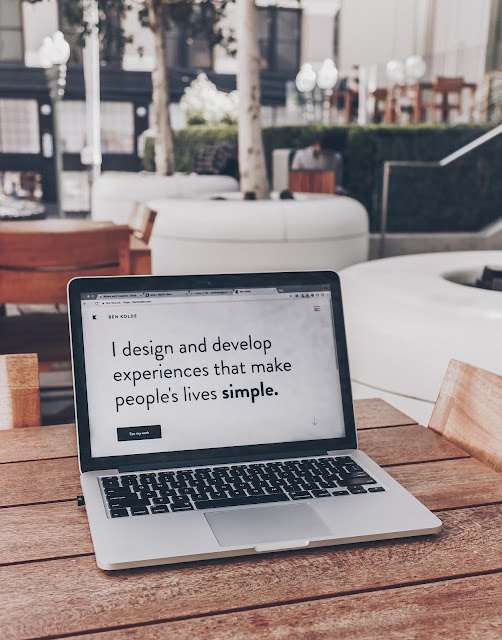 |
| Tips to Help your Website Improvements |
6 Ways to Help your Website Improvements
Your website is the substance of your business. It's the primary thing individuals see when they look for you on the web, and it's the primary spot potential clients visit to find out about what you bring to the table. That is the reason it's so essential to ensure your website is putting its best self forward! In this blog entry, we will examine 6 tips to help your website improvement and SEO. Follow these tips and you'll be en route to having a website that looks perfect and positions high in web search tool results pages!
- Navigation
Your website navigation should be concise, fast, clean, and easy for your users to understand. Make your navigation structure consistent across your site and always let your users know what part of your site they are in and how to navigate to other parts of your site. The key to any navigation structure is simplicity - keep it simple.
- Layout
The layout is often overlooked in website design. The layout is very important and another means of navigation. The layout should remain the same throughout the site. Don't make different sections of your website look like completely different websites. This confuses visitors and makes navigation very useless. Never cram your page with too much information, always make good use of space in and around the page. Try and keep scrolling to a minimum, no one likes to scroll along the way to get to certain information. If you have lots of information, break it up and place it on a separate page, but make sure that the user can alternate between pages with the traditional use of text and backlinks.
- Color
There are no rules as to which colors you can use for your website and nor should there be. However, make the color of your site reflect the theme of your site. If you have a fun/humor type of site use fun colors such as Yellow, Green, Orange, Purple, etc. If your site is of a corporate nature use light and airy colors such as Blue, Grey, White, etc. Again there is no rule to color usage, but always remember to use colors that reflect your site. If possible try to use between 3-5 colors on one page, don't go color overkill, this can distract the user from the important aspects of your site such as content and navigation. Also, contrasting colors like dark Blue and bright Yellow can often make a site look tacky so be careful when selecting colors, make sure that the colors compliment each other.
- Load time
Load time is very very important. The longer it takes for your site to load the quicker the visitor will leave so, therefore, try to keep load times as low as possible. Try and design your site with a user of a 56k modem in mind because though broadband is on the increase, the majority of people surfing the web still use a 56K modem. The recommended file size for a web page is 40-60K, try and keep it below this. To reduce your sites load time keep your graphics as small as possible without affecting the quality too much and remember to save all photos as .jpg and all normal graphics like buttons as .gif
- Browser/screen resolution compatibility
Try to make your site friendly to all browsers and all screen resolutions. Remember that some people use different browsers/different screen resolutions and different platforms than other people so never assume that they will never visit your site, always assume that they will because one size does not fit all.
- Site design
Anyone can build a website but not everyone can design a website. The most important aspect of this article is that I can not learn you how to build great websites however by heeding these basic web design requirements I can point you in the right direction when it comes to good design practices. Web design is not just about creating great-looking graphics it's far from it. No, web design is about many aspects. By sticking to the design requirements above, you can learn how to use them and turn your designs into high-quality websites yourself. You have learned the importance of good web design by using the above terms to make a website of good quality and design so that you can too.
Remember, when designing your website, you shouldn't just keep these six principles in mind. I find that the best way to improve my design skills is to visit as many different websites, bad sites, and good sites as possible and look at all the different styles. Make as many different mistakes as possible and learn from them. Experiment, because experimenting is the best way to learn. Read as many tutorials/articles/internet magazines/tips as you can. Finally, feel free to use the webmaster forums to ask questions about things or issues that shouldn't be addressed. Forums are often a great place to gather knowledge.
